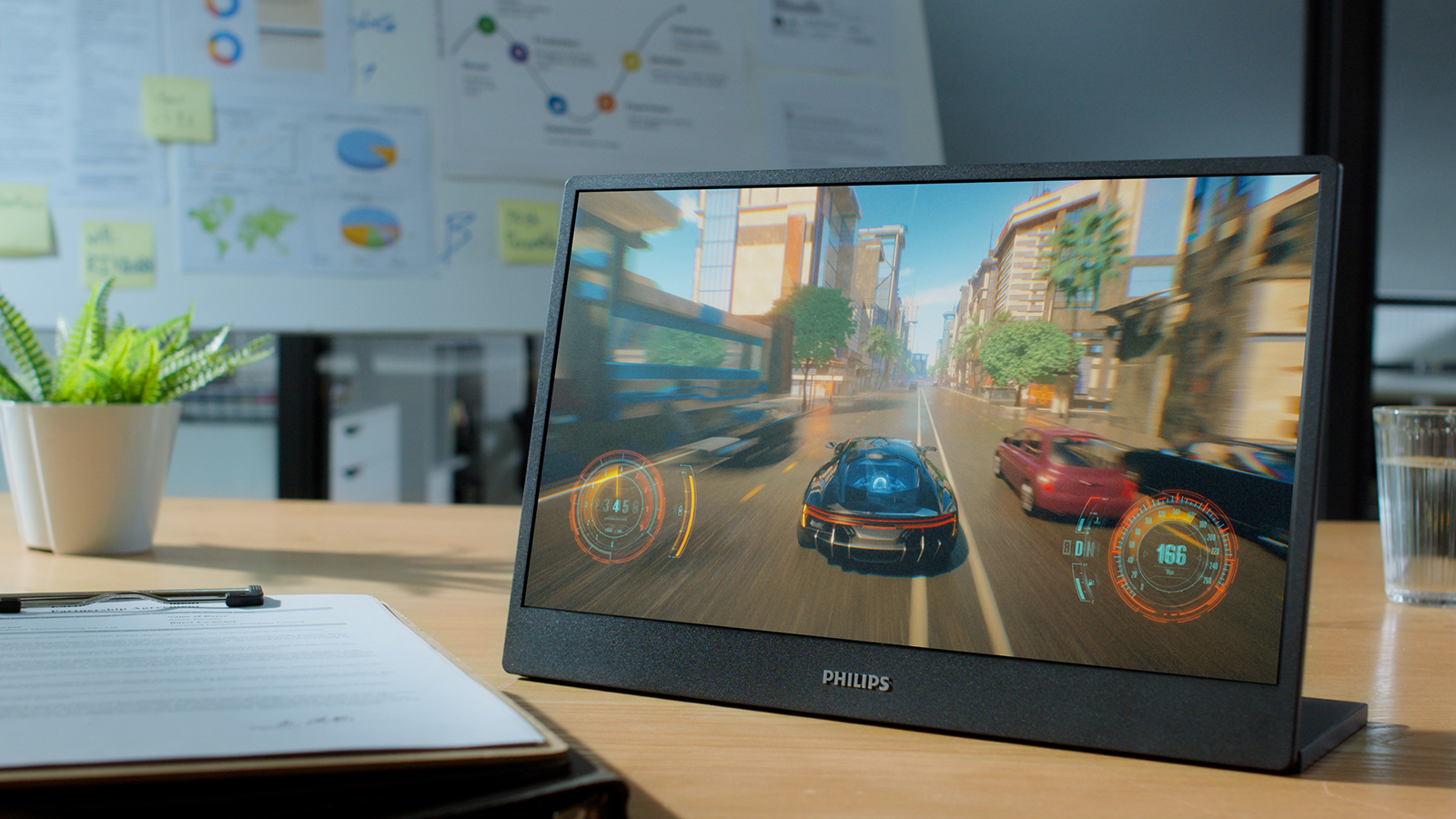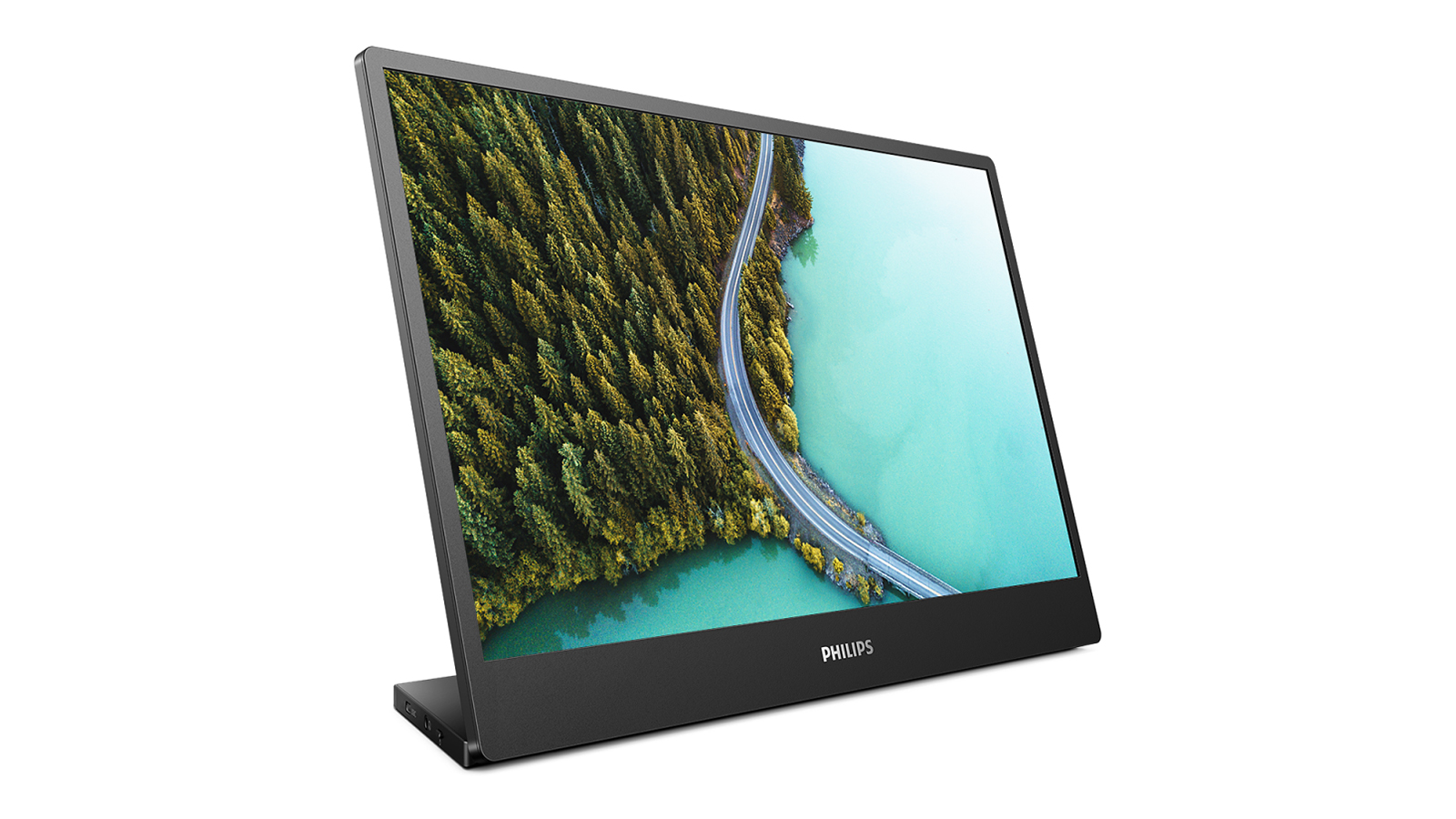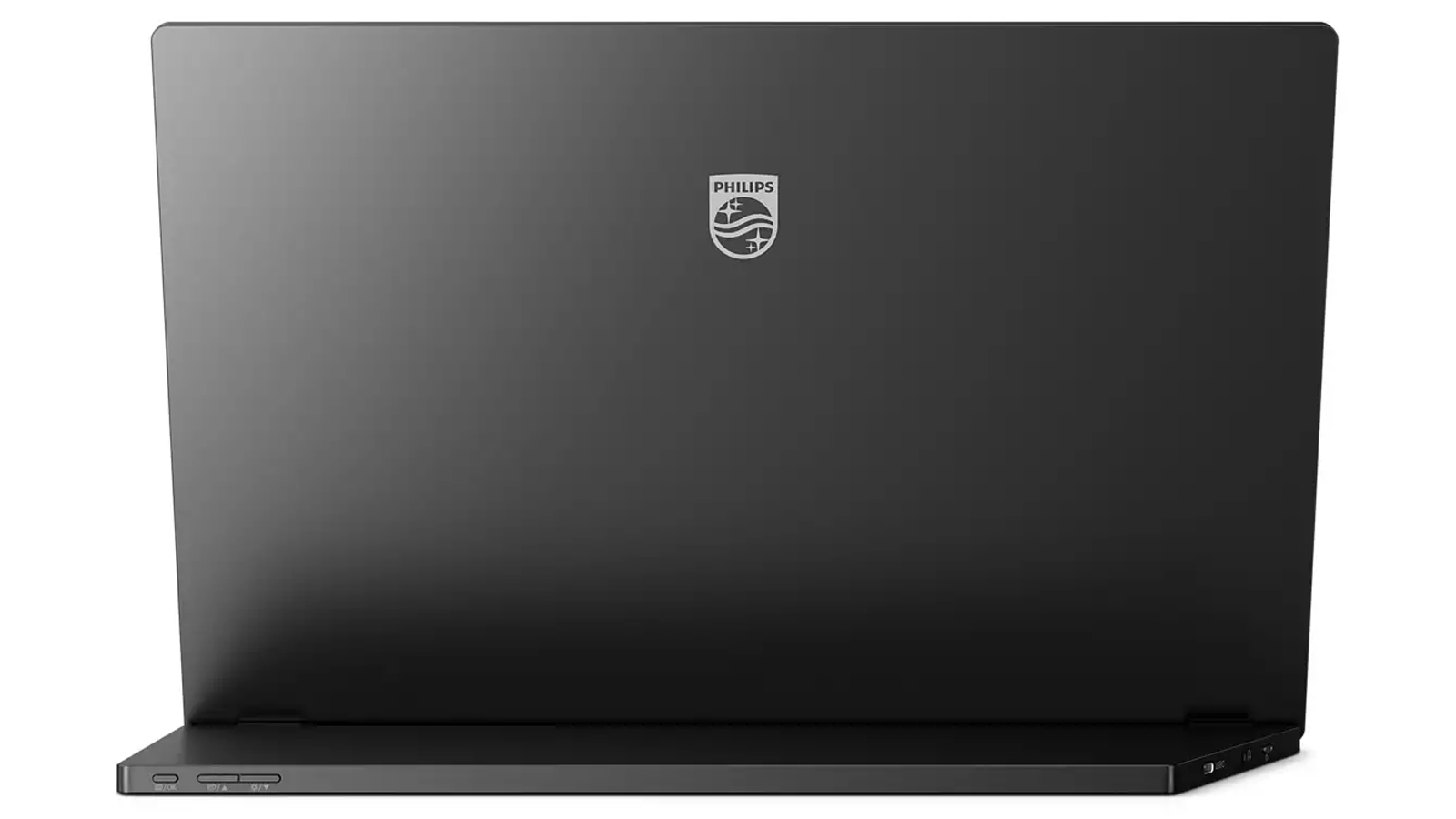Philips 16B1P3302 review: a portable monitor for almost anywhere
The Philips 16B1P3302 is a screen you can take anywhere... well, almost


If you're in the market for a portable monitor that can go just about anywhere with you, then the 15.6-inch Philips 16B1P3302 fits the bill very well indeed – it's not perfect in every respect, but it does the job, it's reasonably priced, and it couldn't be any easier to set up.
-
+
Compact design
-
+
Simple USB-C connectivity
-
+
Doesn't weigh much
-
-
No touchscreen support
-
-
Not the sharpest image
-
-
No integrated speakers
Why you can trust T3

At first glance the Philips 16B1P3302 ticks all the necessary boxes to be one of the best portable monitors around: a compact screen that you can pack up and take anywhere, ready to be connected up to your laptop at a moment's notice.
To see if the Philips 16B1P3302 really has what it takes, we've been putting it through all the necessary tests – we've been looking at everything from the display quality and sharpness to the ease of setup to help you decide if this is a device you'll be interested in.
When you've read through this in-depth Philips 16B1P3302 portable monitor review, we've got plenty more for you to check out as well: have a look at our guides to the best 4K monitors and the best ultrawide monitors if you're in need of something bigger.
Philips 16B1P3302: price and availability
The Philips 16B1P3302 has an official retail price of £219.99 in the UK, though at the time of writing stock is still arriving at retailers, so you'll need to wait a while before purchasing. We have seen it on Amazon, but at a vastly inflated price, and you might find it on eBay too. It's not currently available to buy in the US.
Philips 16B1P3302 review: design and setup

The 15.6-inch screen size of the Philips 16B1P3302 dictates its overall dimensions of 359 x 232 x 119, and it weighs in at 1.03kg after you've got it out of the packaging. It's an impressively compact and lightweight device, and we were pleased to see both a USB-C-to-USB-C cable (with a USB-A adapter) and a stylish grey sleeve case included in the box.
Getting everything up and running is as simple as plugging the provided cable into the screen at one end, and then into the device that you want to connect to at the other. We tested the screen with both Windows and macOS laptops, and it worked flawlessly – it requires no separate power connection, and will draw all the power it needs from the device it's hooked up to (which is worth bearing in mind for battery life). That does mean it won't work with phones, as they can't generate enough power.
The Philips 16B1P3302 portable monitor is propped up by a sturdy stand around the back, which enables you to easily adjust the angle it's set at. Three buttons, rather awkwardly placed along the back of the monitor, let you control the on-screen menus, which enable you to cycle through a variety of colour modes and adjust settings such as the brightness and the contrast of the picture.
Get all the latest news, reviews, deals and buying guides on gorgeous tech, home and active products from the T3 experts
While the bezels around the display aren't particularly thin and the design isn't particularly stylish, the Philips 16B1P3302 does the job from an aesthetic point of view: it's a lightweight, straightforward portable monitor that will plug into a variety of devices and provide a second display. Just make sure the device you're using it with offers video output over USB (most laptops will).
Philips 16B1P3302 review: features and picture

The Philips 16B1P3302 IPS LCD monitor offers a 1920 x 1080 pixel resolution, a refresh rate of 75Hz, and a 4-millisecond grey-to-grey response time. At 141 dots-per-inch, the pixel density and the resulting sharpness of the screen isn't brilliant – but it's good enough for the price you're paying. We certainly didn't struggle to pick out details such as smaller text that were put up on the screen.
The brightness only goes up to 200 nits, and this is another area the monitor doesn't exactly excel in. Still, it's good enough for what you're going to be using it for – it's not as if you're going to be struggling to see what's on the display, it's just that it's not the most vibrant we've ever seen. Remember that the monitor is drawing power over USB-C, and that puts a logical limit on specs such as brightness.
With viewing angles of 170-degrees horizontally and vertically, the screen is visible unless you're really at an angle when trying to look at it. We tested the screen with everything from documents in word processors to videos streamed through a web browser, and the Philips 16B1P3302 passed every test very well. It doesn't quite have the specs that gamers are going to want, but at a push it can handle that too.
It's worth noting that the Philips 16B1P3302 doesn't come with any built-in speakers: you're either going to have to play audio from the device you've connected the monitor up to (or via Bluetooth), or make use of the 3.5mm headphone jack sitting on the left-hand edge of the stand. Having speakers would be useful, especially when it comes to watching videos, but there are consequences in terms of power draw and price – we think that most people will be okay without them.
Philips 16B1P3302 review: verdict

From what we've written above, you'll realise that there are certainly monitors out there that are sharper and brighter and more vibrant than the Philips 16B1P3302 – but it's also worth bearing in mind what the aims of this portable display are. It's designed to be compact, easy to use, lightweight, and competitively priced – and when you look at it that way it ticks all the boxes.
We do need to mention again some of the features the monitor doesn't have: the display here isn't a touchscreen one, for example, and there are no integrated speakers either (although you do get a headphone jack). Part of this is no doubt down to the constraints of being a monitor that's powered over a USB connection, without a separate power supply.
You're not going to be blown away by the brightness of the Philips 16B1P3302 or the richness of the colours, but then again you're not going to be disappointed by the picture that you get from this screen – especially considering the price you're paying. For everyday computing tasks, from showing off a presentation to watching something on a streaming service, it fits the bill nicely.
It's worth weighing up whether you actually do need a portable monitor to give you some more room to work with on your travels. It's certainly handy to have that additional space when you set up your laptop, but that also means you're going to need more desk space – this isn't something you can really use on a train or in a hotel lobby. If you do want a portable monitor though, this is a top option.
Also consider
Take a peek at our best portable monitors list for some more inspiration when it comes to this particular product category. For example, you might want to consider the smart Dell C1422H: it's smaller than the Philips (so less screen space but easier to carry) while also sticking to the same 1920 x 1080 pixel resolution. There are USB-C inputs on either side of the monitor, too, giving you a bit more flexibility.
If we were you we'd also consider the Asus ZenScreen MB16AH, which gives you a premium-level portable monitor experience. It matches the screen size and the resolution of the Philips monitor, and as well as a stylish and svelte design you also get a Micro-HDMI input to make use of as well as a USB-C one – and that choice of connection options can really come in handy.
Dave has over 20 years' experience in the tech journalism industry, covering hardware and software across mobile, computing, smart home, home entertainment, wearables, gaming and the web – you can find his writing online, in print, and even in the occasional scientific paper, across major tech titles like T3, TechRadar, Gizmodo and Wired. Outside of work, he enjoys long walks in the countryside, skiing down mountains, watching football matches (as long as his team is winning) and keeping up with the latest movies.
